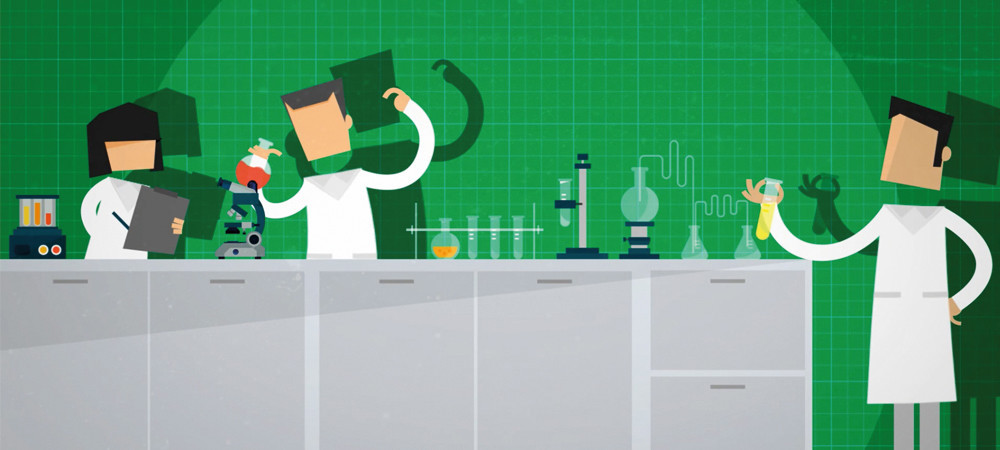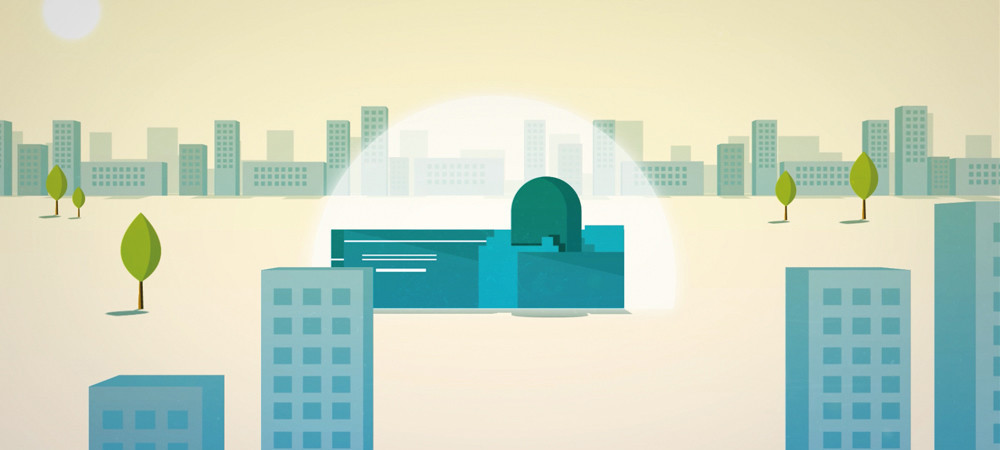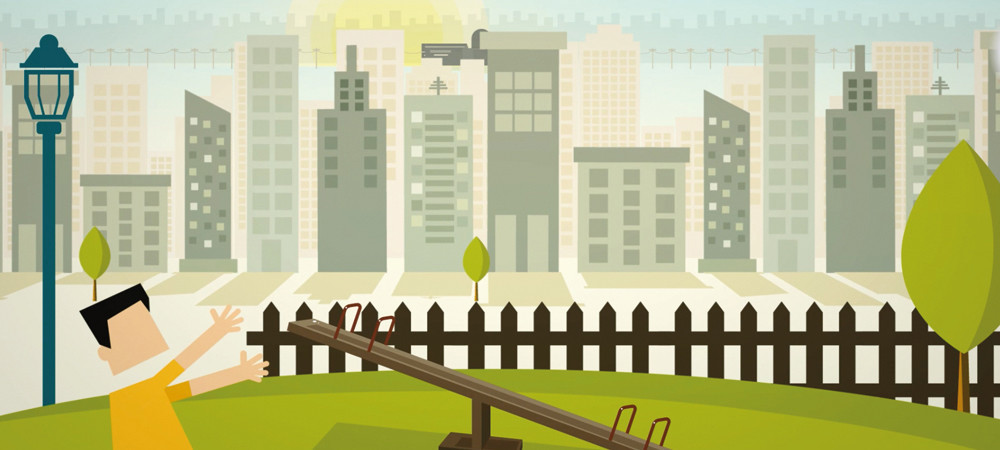International Support
In developing its peaceful nuclear energy program, the UAE aimed to create a model for nuclear energy development that other nations could follow as they work to diversify and strengthen their own energy infrastructure. The UAE engaged extensively with the international community as it developed its policy and the foundations for its program. To this day, international collaboration is one of the key pillars of the program, ensuring transparency, knowledge transfer and a high level of support.
The international community strongly supports the UAE’s program with one international observer stating the country’s approach as “the gold standard” for energy planning.
International Agreements
The U.S.-UAE bilateral agreement on nuclear energy cooperation, known as a “123 Agreement,” was signed in December 2009. It followed the U.S. government’s careful review of the UAE’s plans for nuclear energy and established protocols for nuclear commerce and cooperation between the two countries.
In June 2013, the UAE and the International Atomic Energy Agency (IAEA) signed an Integrated Work Plan to support the implementation of the UAE’s nuclear energy program. The IAEA, through its Technical Cooperation program and other mechanisms, is assisting the UAE in ensuring safe and secure infrastructure development.
Additionally, the United Kingdom signed a Memorandum of Understanding on nuclear energy cooperation with the UAE. Argentina, Canada, France, South Korea and Russia also signed similar agreements with the country.
"It is the first really seriously embarking [nuclear energy] country that we have looked at in terms of evaluating their capabilities, and the infrastructure that they are developing is going to be state-of-the-art, right up there with the best in the world."
Jean-Francois Lafortune
IAEA Emergency Preparedness Coordinator
"They’ve done a very good job. The fact that the Government is so behind it will make it one of the best programs in the world. All the objectives are aligned to make this the best. The Government in Abu Dhabi wants it to be a showcase for the rest of the world."
Lady Barbara Judge
Former Head of the UK Atomic Energy Authority
"Two things on the UAE could be a model. One is the 123 Agreement that is, I think, very robust… the other is the fact that they are doing it very logically step-wise, and they understand that it’s not a one-year program, it will take years to get their laws, regulations, their people trained and implemented…"
Dale Klein
Former Chairman, U.S. Nuclear Regulatory Commission
"We are very grateful for the important leadership of the UAE in showing the world how nuclear power can be advanced safely, without contributing to nuclear proliferation dangers. The example that the UAE has shown as a state that intends to develop nuclear power based on international sources of fuel services is especially powerful. An IAEA-controlled fuel bank is essential to reducing global nuclear dangers because the same uranium enrichment technology that is used to make nuclear reactor fuel can also be used to make material for a nuclear weapon."
Former U.S. Senator Sam Nunn
Co-Chairman, Nuclear Threat Initiative
What are the three biggest myths in nuclear energy?

01
Radiation is man made
Radiation is energy in motion. There are many natural sources of radiation that we live with safely every day such as cosmic radiation from the sun.
02
Nuclear reactors can explode like bombs
It is not possible for a nuclear energy plant to explode like a bomb, these plants are designed to produce electricity safely and reliably.
03
It's not safe to be near a nuclear energy plant
If you stood at the site boundary for a whole year, you would receive less than a quarter of the radiation from a chest x-ray.



